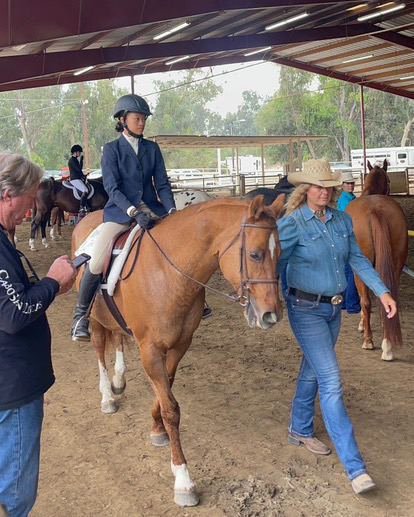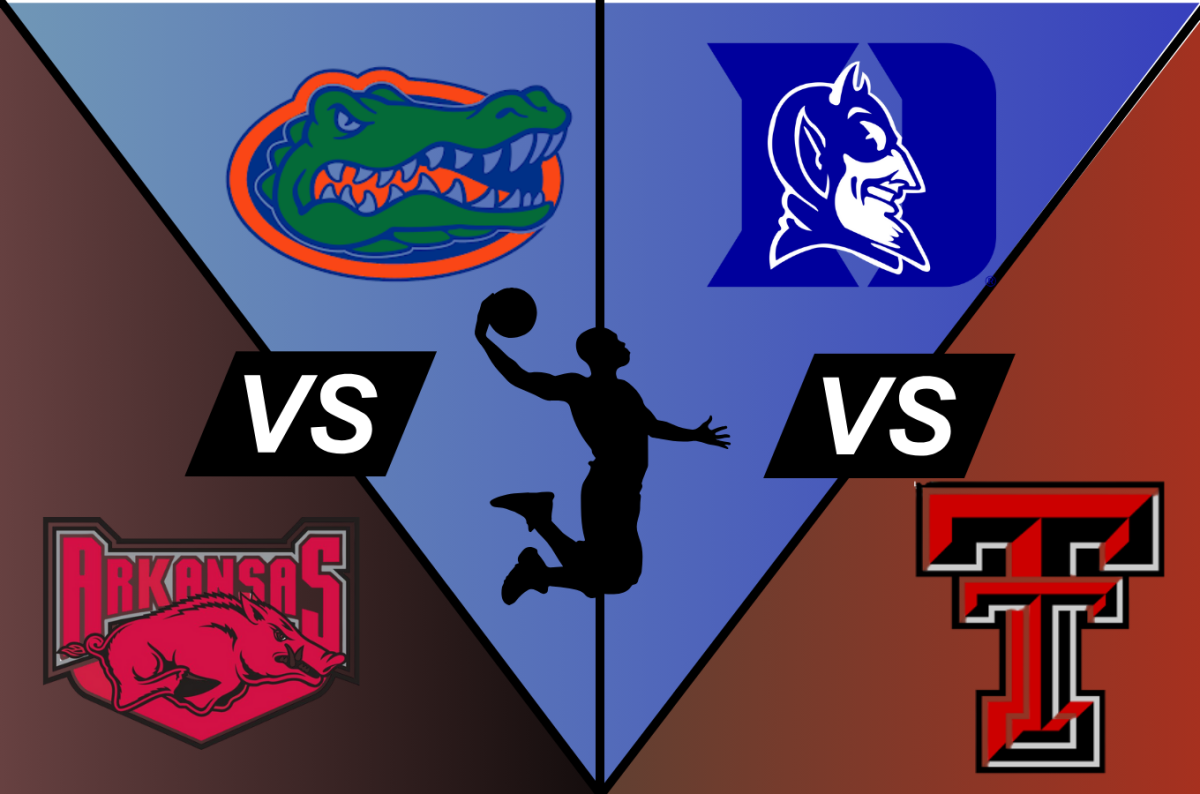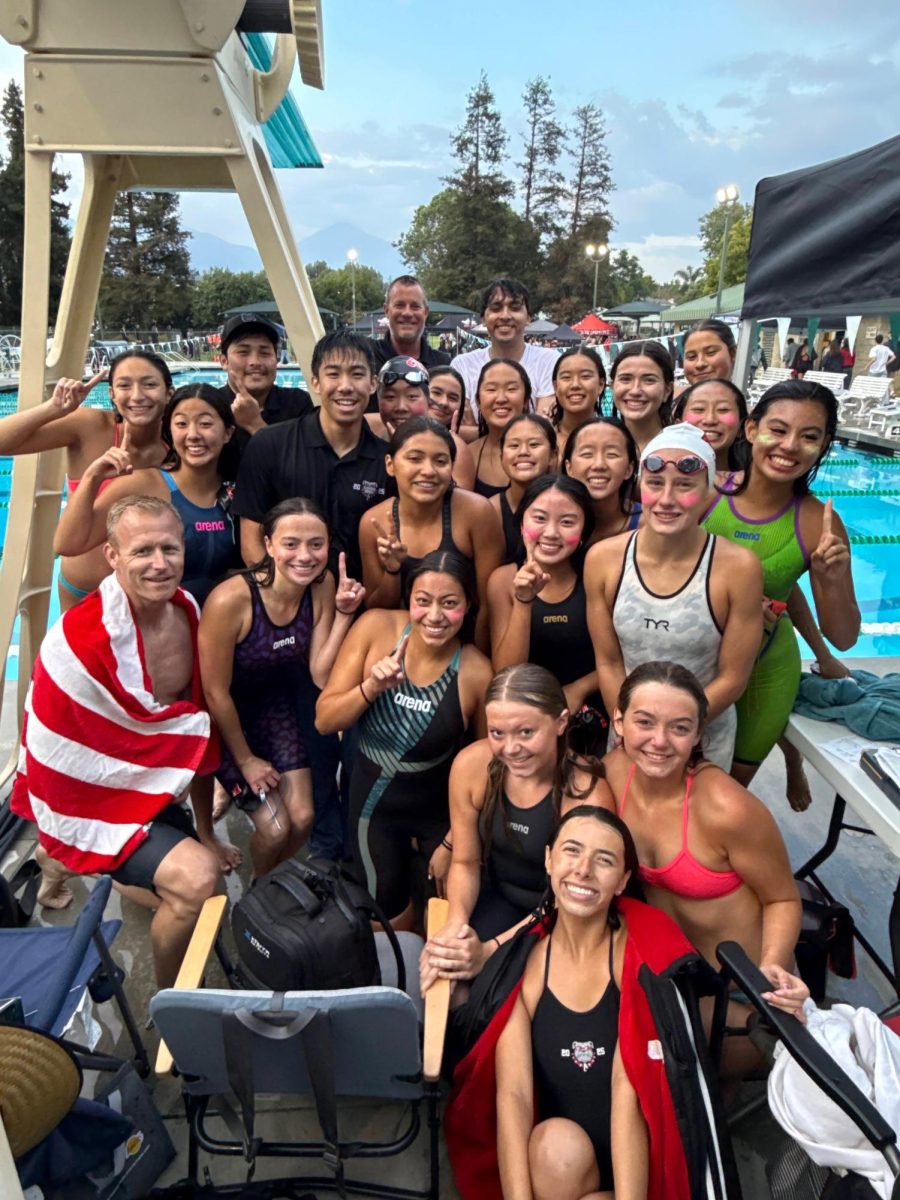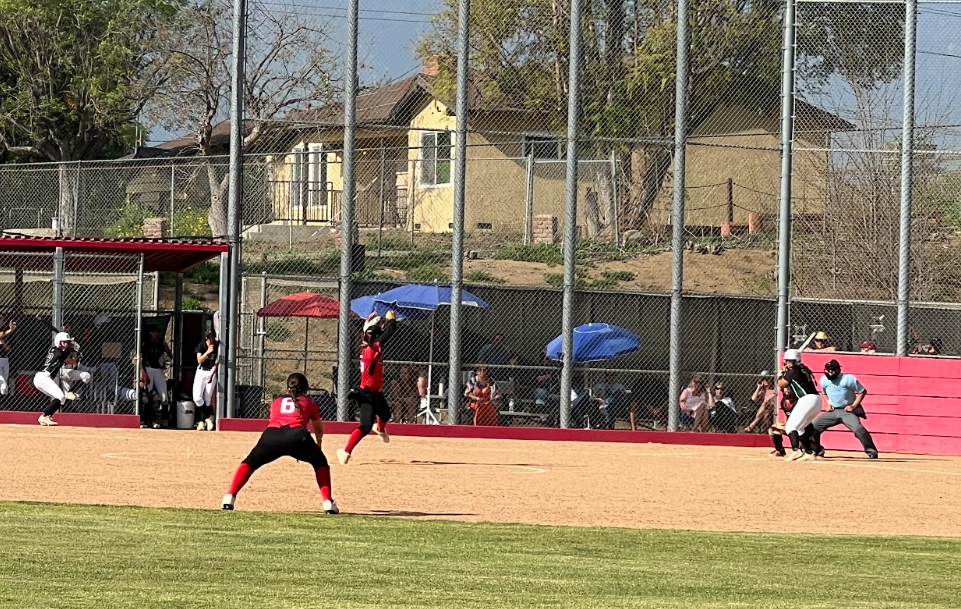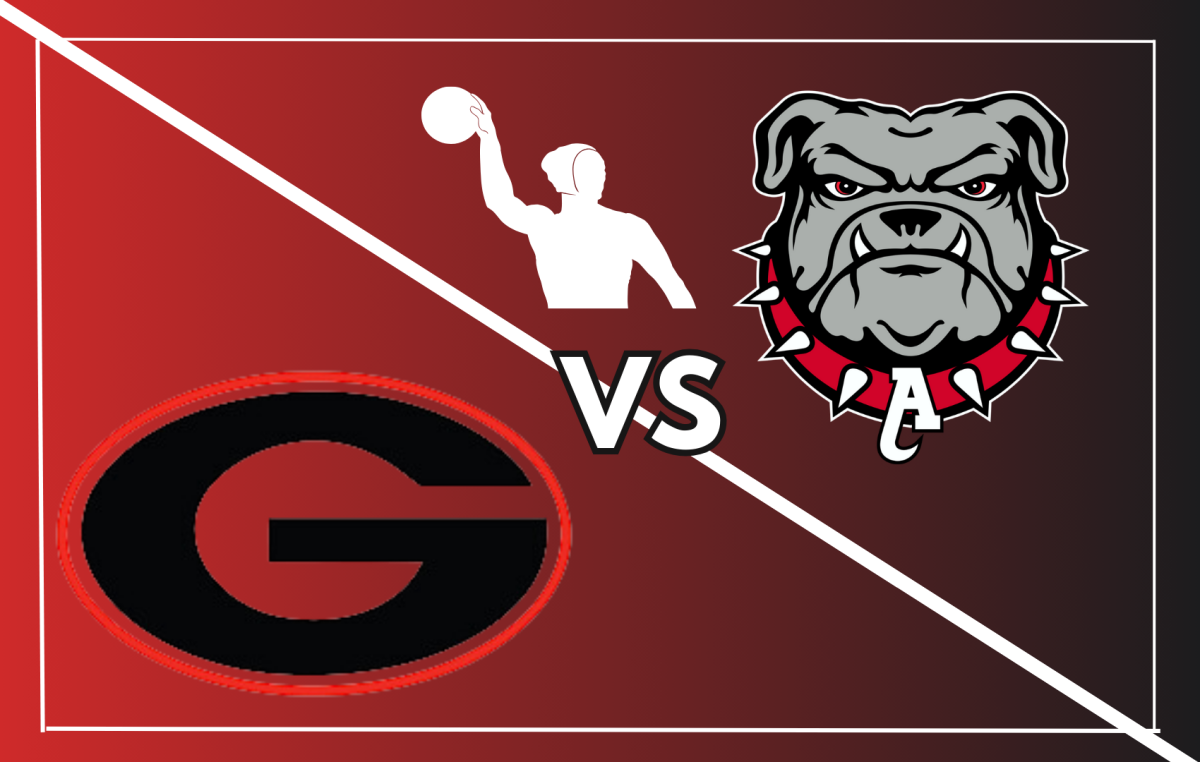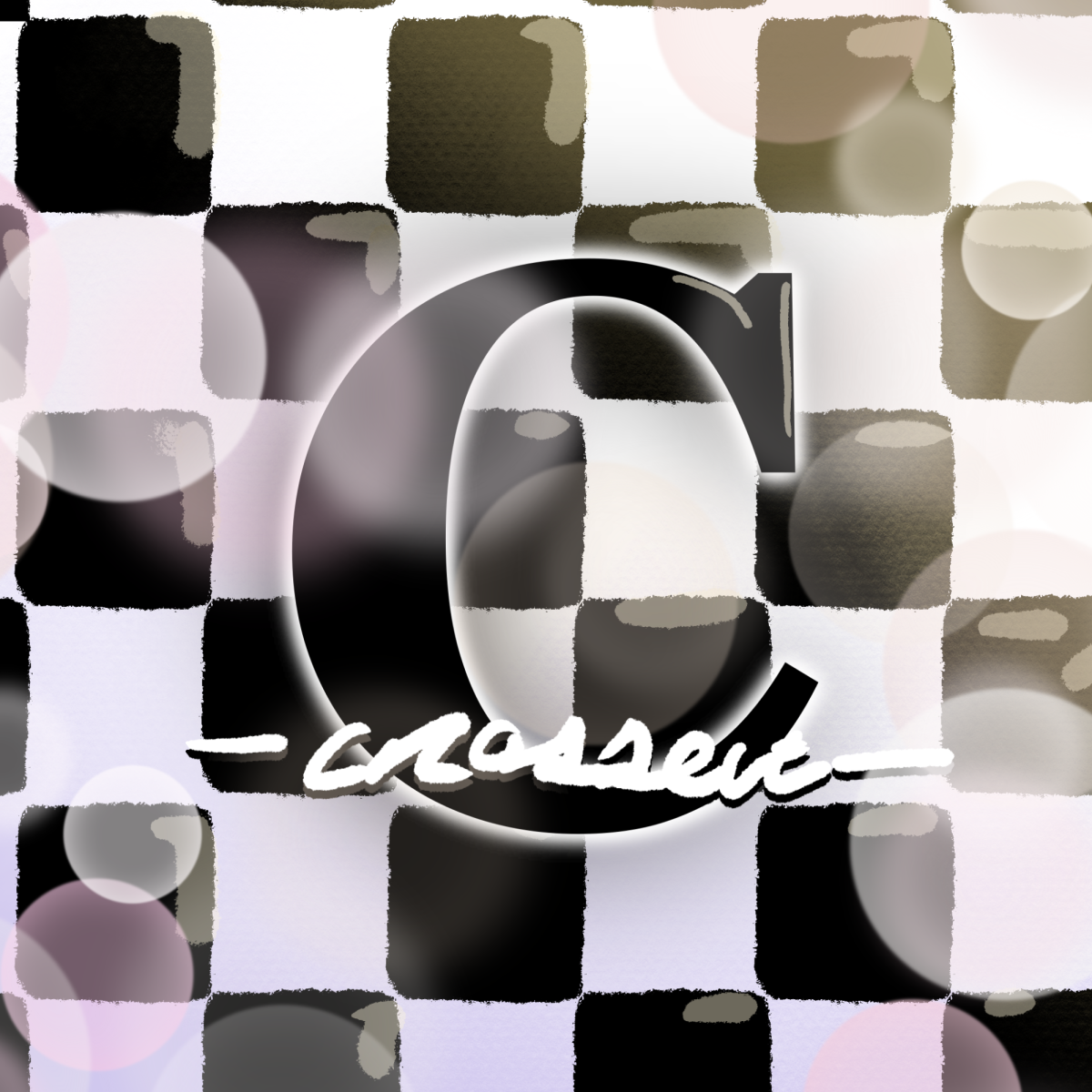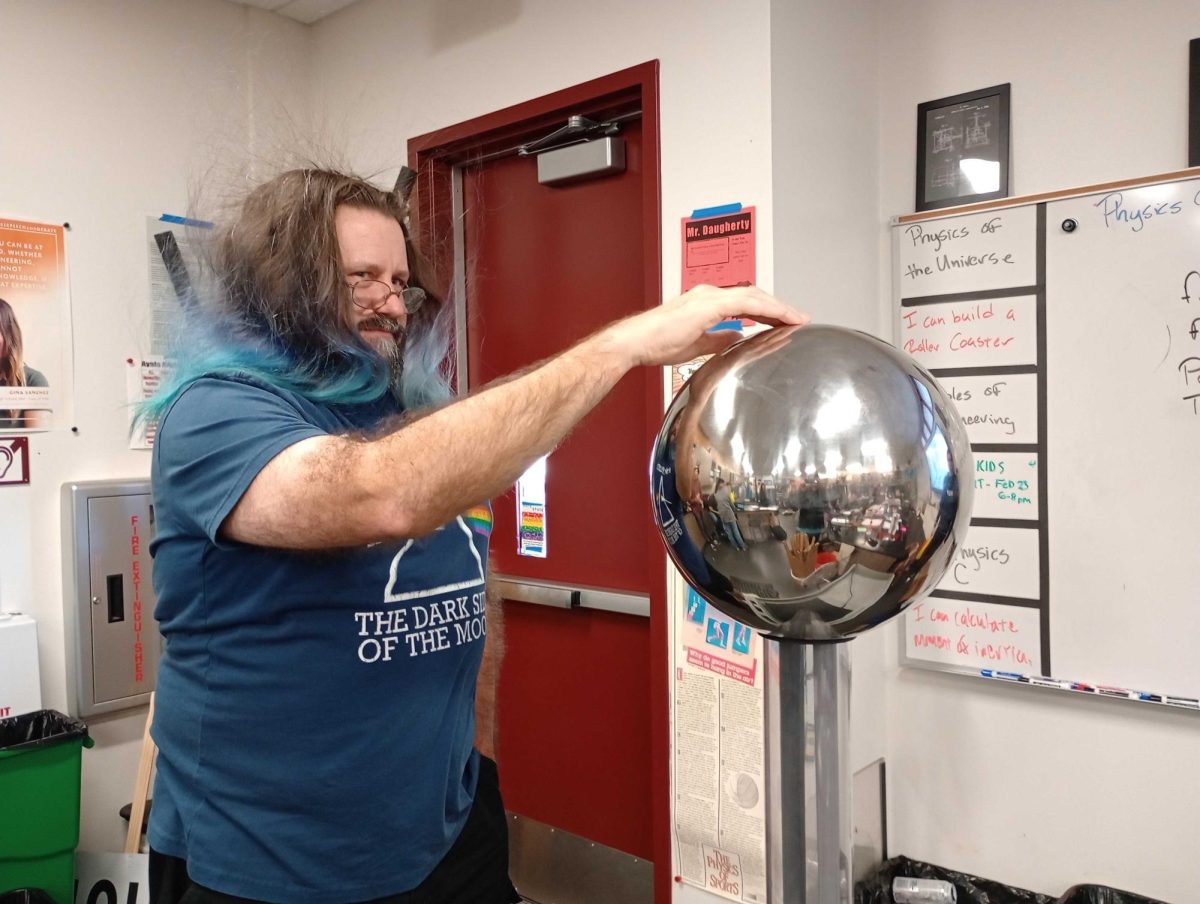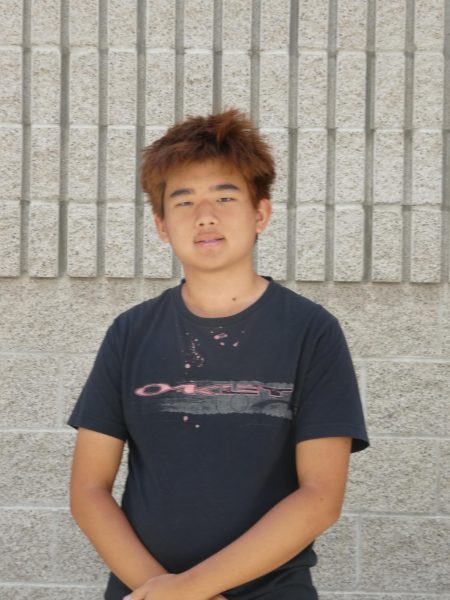The Engineering Academy at Ayala is a Career Technical Education pathway for students interested in becoming an engineer. The curriculum and course content follows a sequence developed by Project Lead the Way, a nonprofit organization led by educators that develops Science, Technology, Engineering, and Mathematics (STEM) courses for American schools.
AP Physics C is comprised of two separate courses: Mechanics and Electromagnetism. The recommended prerequisites for AP Physics C are to have previously taken calculus, or be concurrently enrolled in a calculus class—students who take this class without prior calculus knowledge will have a more difficult time comprehending the material since it is all based in calculus.
“Me not knowing calculus was hard at first, but the classes balance out. If you’re taking calculus with Physics C, it works, but it’s kind of an adjustment,” said Brandon Jimenez (12).
The biggest motivator that pushes these students to do well is that for a lot of them, AP Physics C falls into their future career plans. They are aspiring engineers, many a part of the Engineering Academy.
“They know what they’re there for and they know that they want to be engineers, so we take it a little bit more seriously,” AP Physics C teacher Mr. Michael Daugherty-Saunders said.
More than that, the students in this class have a passion for math, physics, and all that they learn from finding answers to the questions of the inner workings of the universe.
“Everything that doesn’t have an explanation, all of a sudden has an explanation,” said Jimenez.
Although taking an introductory physics class is not required to enroll in AP Physics C, most students find that taking a class on the fundamentals of physics beforehand will make the material much easier to grasp. In fact, the main reason for the creation of the class is so that students who choose to major in STEM in college can earn credit, since the AP Physics 1 and AP Physics 2 exams do not grant college credit to STEM majors.
“AP Physics 1 and 2 are great courses, but they’re really designed for students with life science in mind and students that want to have a non-STEM major when they graduate or when they’re in college,” said Daugherty.
STEM students are not awarded credit for taking a college level physics course that is based in algebra because it does not apply hard math and leans more conceptual. Making the jump from AP Physics 1 or 2 to AP Physics C is a bit harder than one would imagine just because of how much more rudimentary algebra-based physics is.
“It felt like I was taking the true physics,” said Jeremy Liang (12). “Most of the equations that we use in algebraic physics is derived with calculus, so learning physics with calculus would be like learning the part of deriving the equations.”
Physics as a whole is notorious for being a very hard science. Almost all students will struggle to some degree in such a rigorous class, but there is still much fun in learning.
“Problem solving is a very fun part about it, but in physics, sometimes there are concepts that are hard to understand,” said Liang. “Part of the joy is learning those concepts and finally understanding them.”
True to the nature of STEM college classes, AP Physics C uses a curve to grade students. There is competition inherent to the class, but the environment is still very supportive and collaborative nonetheless.
“There is a curve, so the tests are grades based on the student who scored the highest in the class,” said Daugherty. “I think there is a little bit of a competitive atmosphere, but it’s more supportive.”



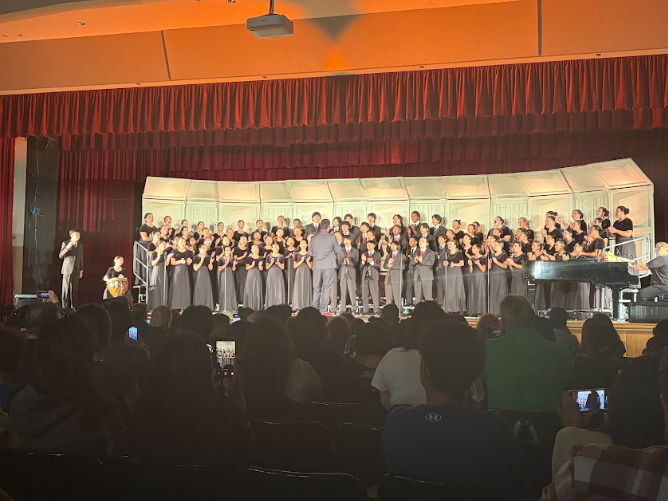











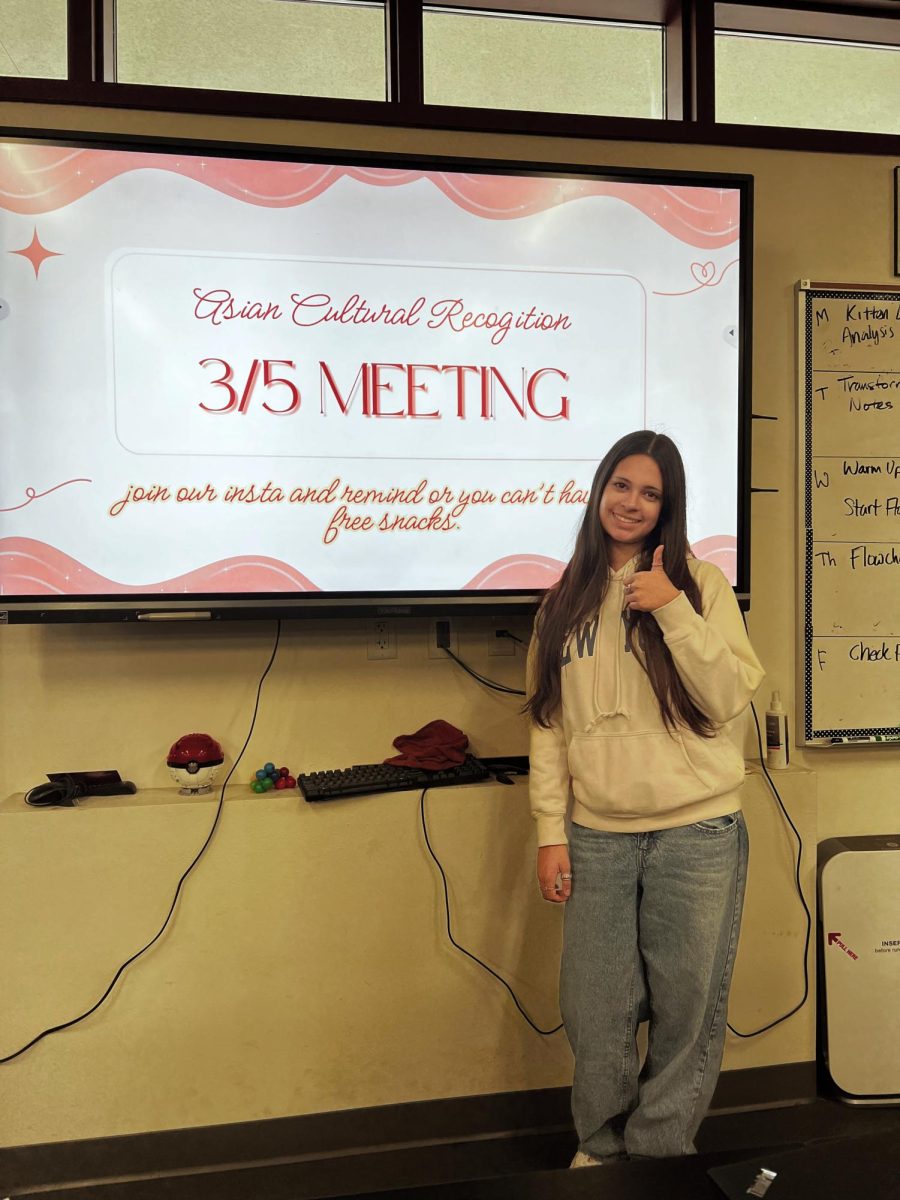






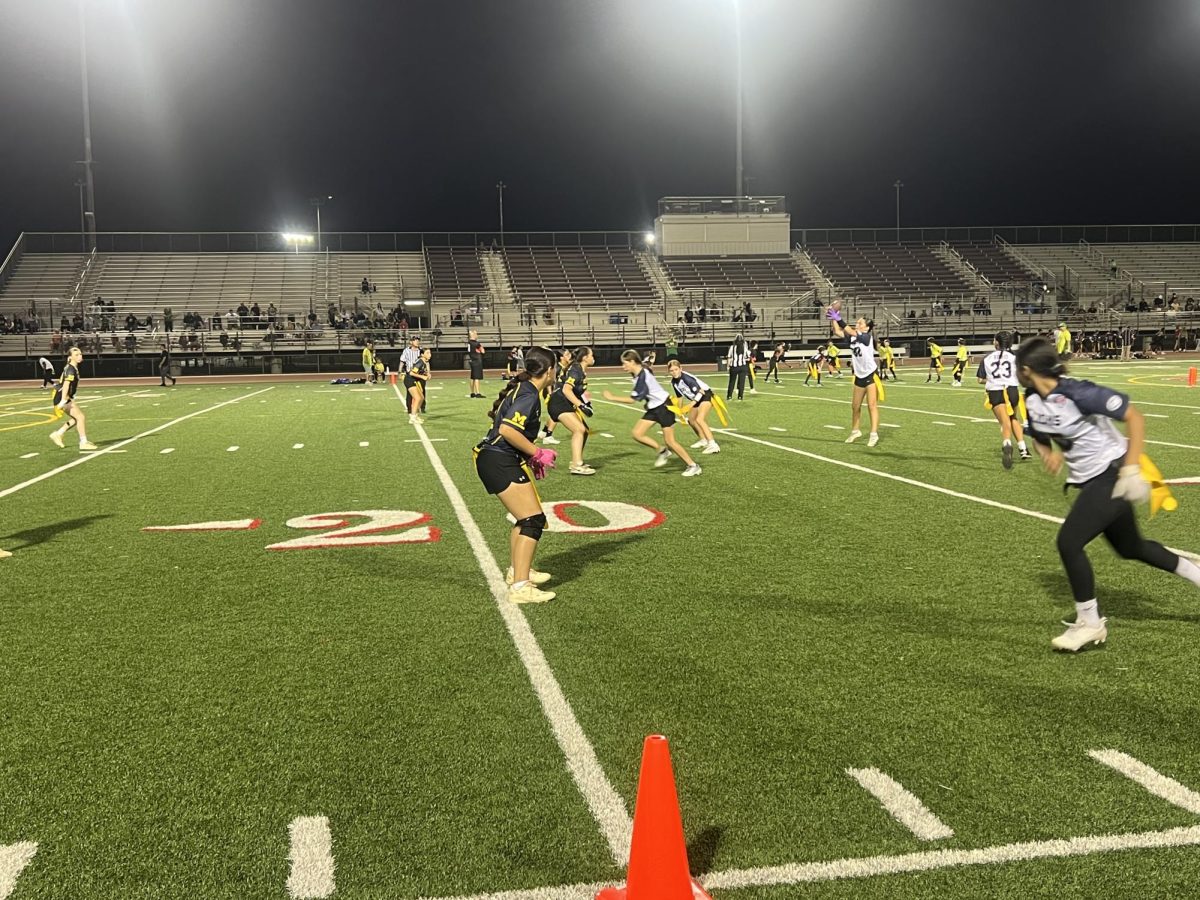


![“I'd say [this season was] successful because I didn't really think I was going to really play much because I'm a freshman. But my coaches took the time and believed in me,” Jonah Boyd (9) said. As a freshman, Boyd has already achieved great success during his first year on the boys Varsity baseball team.](https://ayalabulldogtimes.org/wp-content/uploads/2025/05/IMG_1598-1.jpeg)

